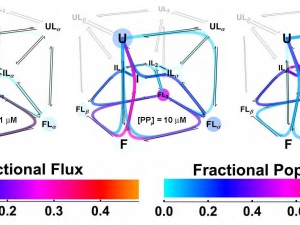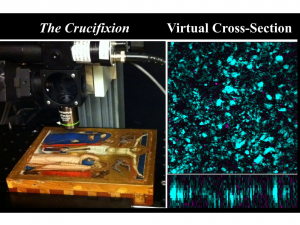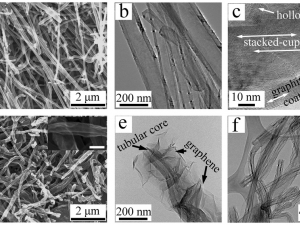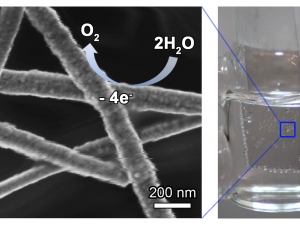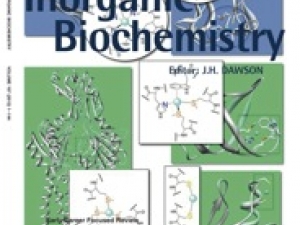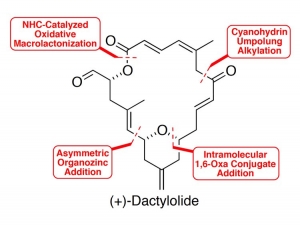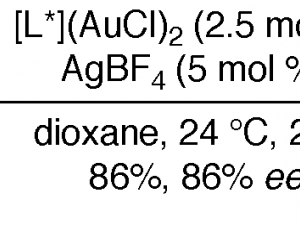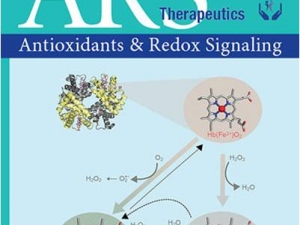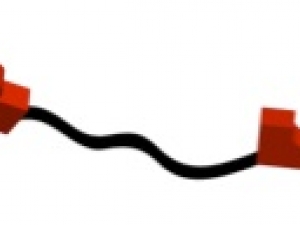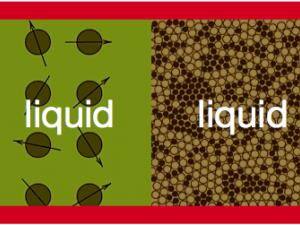Graduate student Kyle Daniels (Oas lab) has determined a complex protein folding mechanism. This study which was recently published in The Journal of the American Chemical Society, employed stopped-flow fluorescence data, x-ray crystallography and isothermal titration calorimetry to deduce the equilibrium flux through 18 possible pathways in the coupled folding and pyrophosphate binding reaction of RNase P protein. The work involved the collaboration of three other groups whose expertise… read more about Mechanism of Coupled Protein Folding and Ligand Binding Through Multiple Pathways »
Duke researchers, with collaborators from the NC Museum of Art in Raleigh and the National Gallery of Art in Washington, DC, demonstrate the imaging capabilities of femtosecond pump-probe microscopy to reveal the layering structures of pigments in historically relevant paintings. In work recently reported in PNAS the Warren group successfully used the femtosecond pump-probe microscopy technique to noninvasively image the paint pigments in a 14th century painting, The Crucifixion by Puccio… read more about Warren group pioneers use of laser microscopy in art history and conservation »
The Liu group recently published their new finding of "winged nanotubes" in Scientific Reports, the newest member of the Nature family. The new types of nanotube, composed of a nanotube core and graphene wings, combine the advantages of nanotube and graphene while overcoming the limitations of the individual components, as discussed in detail in the paper. These new structures were shown to exhibit outstanding activity toward catalyzing the oxygen reduction reaction (ORR), with excellent stability and methanol/carbon… read more about Winged Nanotubes Show Promise in Electrocatalysis »
Recently reported in Angewandte Chemie, the Chilkoti and McCafferty groups at Duke have collaborated to discover a "three-in-one" facile method for the chromatography-free purification of recombinant proteins and optional, site-specific conjugation of the protein to a small moleule. The investigators have prepared a first-in-class recombinant expression and purification system that combines elastin-like polypeptide sequences (ELPs), which transition between soluble and insoluble phases with changes in temperature, with… read more about Three-in-One Chromatography-Free Purification, Tag Removal, and Site-Specific Modification of Recombinant Fusion Proteins Using Sortase A and Elastin-like Polypeptides »
Solar-driven water splitting with photoelectrochemical cells is an attractive means to convert intermittent solar radiation into H2 for use as a storable, non-polluting fuel. However, photoelectrochemical cells often rely on a costly, fragile and electrochemically unstable material, indium tin oxide (ITO), as the transparent electrode. In addition, the water splitting catalyst deposited on ITO can obstruct the transmission of light to the dye or photovoltaic component. To address these limitations, the Wiley lab has… read more about The Wiley Lab Makes Optically Transparent Water Oxidation Catalyst from Copper Nanowires »
How does nature handle copper, an essential metal that is also potentially toxic? To find out, check out this Franz lab review article, which was featured on the February cover of the Journal of Inorganic Biochemistry. read more about The Franz Lab Reviews Nature's Ability to Handle Copper »
The Hong lab has recently reported the total synthesis of (+)-dactylolide in 19 steps for the longest sequence from commercially available 1,3-dithiane with an overall yield of 1.4%. The total synthesis of (+)-dactylolide was accomplished through the 1,6-oxa conjugate addition reaction of a 2,4-dienal for the facile synthesis of the 2,6-cis-2-(4-oxo-2-butenyl)-tetrahydropyran subunit, the umpolung alkylation reaction of a cyanohydrin, and the NHC-catalyzed oxidative macrolactonization reaction for the synthesis of the 20-… read more about The Hong Lab Reports the Synthesis of (+)-dactylolide in 19 Steps »
The Widenhoefer group has recently reported the gold(I)-catalyzed stereoconvergent, intermolecular enantioselective hydroamination of chiral, racemic 1,3-disubstituted allenes, which represents the first example of enantioselective intermolecular allene hydroamination. The method effectively forms N-allylic carbamates, which are important chiral building blocks, with high regio- and diastereoselectivity and with up to 92% ee. The editors of Angewandte Chemie have designated it a “hot paper”. Butler, K. L.; Tragni, M.;… read more about The Widenhoefer Group Reports the First Example of Enantioselective Intermolecular Allene Hydroamination »
How do ionic interactions and macromolecules play a role in iron transport in living cells? Find out by reading the chapter from the Crumbliss lab “Iron Transport in Living Cells” by A. L. Crumbliss and C. J. Parker Siburt, which was featured on the cover of the monograph Ionic Interactions in Natural and Synthetic Macromolecules (Wiley, 2012), edited by Visiting Professor of Chemistry Alberto Ciferri and Angelo Perico. read more about The Crumbliss Lab on Ionic Interactions and Macromolecules' Role in Iron Transport in Living Cells »
Graduate student Nick Polizzi and collaborators in Beratan's lab have built a theoretical model to describe how charge flows through bacterial appendages, known as pili. Pili are implicated in the exchange of electrons between living organisms and inorganic substrates. These studies may assist in the design of future semi-biological solar cells that would convert sunlight into liquid fuels, with the help of photovoltaics that are "plugged" into living bacteria. Details appear in: Faraday Discussions, 155, 43-62 (2012). read more about Theoretical Model Describes Charge Flows through Pili »
Recent work from the Craig lab reports a functional group that grows longer in response to applied machincal forces, a response that can subsequently be reversed by shining light on the sample. Read more about the new mechanophore and its properties here. read more about Functional Group Lengthens in Response to Applied Mechanical Forces »
The Charbonneau group has recently taken a crack at the glass problem. Read more in Charbonneau et al., Phys. Rev. Lett. 107 185702 (2011); 108, 035701 (2012) read more about Charbonneau Group Takes a Crack at the Glass Problem »

